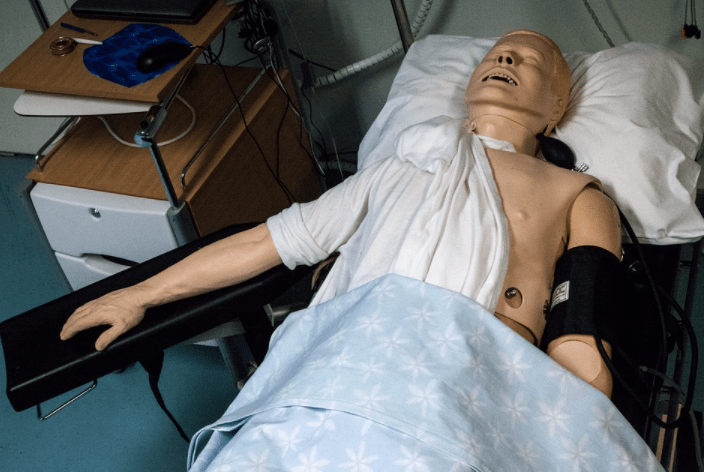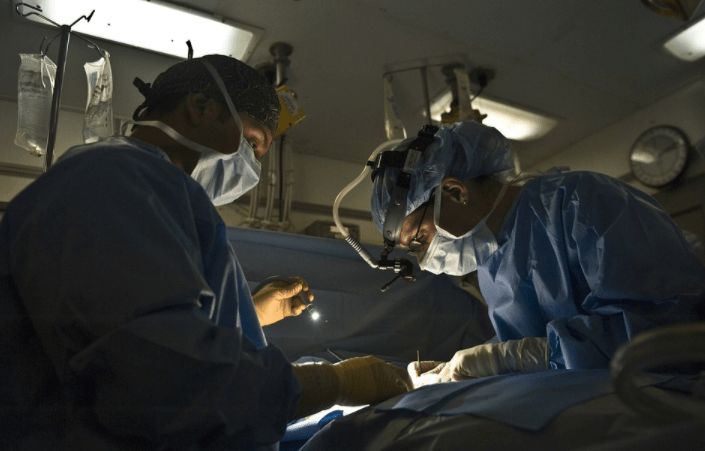The Importance of Simulation Infrastructure in Healthcare Providers
Given that most college students across the country have moved from for-profit training to online digital training, this strategy is not essential for some. Sooner or later, after we see that physicians are overworked, that a significant number of health care workers are getting sick, or that coronavirus is a problem, we simply can’t be in a position to have a lag in our ability to inject new workers into the IT system. Fortunately, healthcare simulation is developing rapidly to address this educational gap. You can learn more about it at has-sante.fr. New healthcare workers must provide livelihoods at a time when our healthcare system is under extreme stress.

Overview of Healthcare Simulation
Supplement or enhance real-world experiences with guided exercises that evoke or interactively reproduce critical real-world features. Simulation in healthcare uses many different tools, from immersive or near-replicative healthcare environments that include virtually everything in a real-world clinical setting to enhanced virtual healthcare environments.
In immersive assembly, humans alone or together with technologically advanced mannequins representing strange and ordinary individual bodies can be interactive structures in which jelqing and non-emergency scenarios are performed to provide safe practice arenas for students without threat to patients or the possibility of psychological harm to students if a mistake is made about a person. However, the normal drawback of electronic simulation not leaving functional education alone has become a considerable advantage because virtual simulation could fill the void in health care education when medical arenas are closed.
The Importance of Simulation Infrastructures for Healthcare Students
 Simulation centers are nearly ubiquitous in medical and nursing schools; many wellness programs now incorporate simulation to reinforce clinical encounters and educational articles. In the past couple of years, simulation has gained popularity as part of exceptional healthcare programs and offers exceptional educational benefits supported by studies demonstrating its effectiveness. Some pre-licensure applications, such as nursing, have begun using simulation to replace clinical hours, with the help of researchers and state licensure boards, after recent radical, multi-center research showed that highly excellent simulation could replace up to 50% of clinical hours and produce comparable educational outcomes.
Simulation centers are nearly ubiquitous in medical and nursing schools; many wellness programs now incorporate simulation to reinforce clinical encounters and educational articles. In the past couple of years, simulation has gained popularity as part of exceptional healthcare programs and offers exceptional educational benefits supported by studies demonstrating its effectiveness. Some pre-licensure applications, such as nursing, have begun using simulation to replace clinical hours, with the help of researchers and state licensure boards, after recent radical, multi-center research showed that highly excellent simulation could replace up to 50% of clinical hours and produce comparable educational outcomes.
Benefits of Healthcare Simulation in General
Simulation facilities are considered a game-changer of quality health education and openness to student learning, but we have never had to do so as we do now in the dearth of clinical experiences. Considering that many wellness schools are well prepared to enhance their curricula with artificial simulators independently or in conjunction with virtual simulation, many cannot completely replace clinical classes with virtual simulation alone.
Moreover, the simple fact that immersive simulators are not potential suggests that this alteration in educational programming must occur at Mach speed to avoid thousands and tens of thousands of health care students being in an environment where To be sure, we can keep the flow of health care workers into the future. We need more health care workers, and we want them today.
